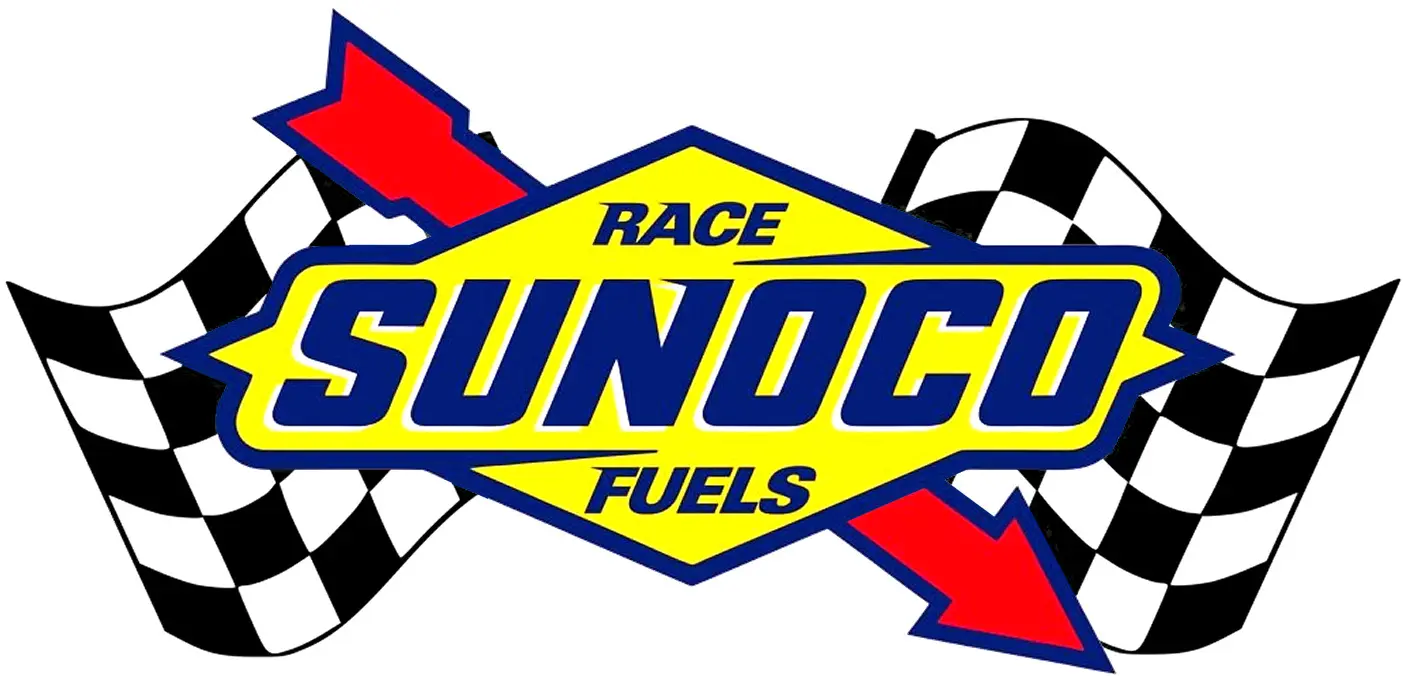Translation Drug Study Labels
The drug study labels used in clinical trials provide doctors, subjects and trial sponsors with information such as batch numbers, directions for use, the strength or potency of the drug, expiration date, package numbers, storage requirements and unique subject identifiers. Each clinical-trial label identifies the packaged drug, the study and the subject participant. In blind studies, the labeling for placebos must look identical to the labeling for active drugs, but must be identifiable in some way to the pharmaceutical company conducting the trial. Each label is unique to the individual subject as well as being trial and country-specific. Every drug must be correctly labeled and when possible, permanently affixed to the container.
Clinical trials often run in several countries at the same time and generally require packaging with multiple languages. The labels need to be reviewed and approved by the regulatory bodies in the countries where the trials will be conducted. For each phase of the clinical trial, new labels must be created and approved. The particulars must appear in at least the official language(s) of the Member State on the outer packaging of investigational medicinal products or, where there is no outer packaging, on the immediate packaging, should be published by the Commission in the good manufacturing practice guidelines on investigational medicinal. The label or labeling of an investigational new drug must not bear any statement that is false or misleading in any particular and must not represent that the investigational new drug is safe or effective for the purposes for which it is being investigated. Within the US, the FDA requires that the immediate package of an investigational new drug intended for human use bear a label with the statement ‘‘Caution: New Drug—Limited by Federal (or United States) law to investigational use.’
GTS has translated drug study labels into French, Italian, German, Spanish, Danish, Flemish, Russian, Hebrew, Arabic and over 20 other languages. Clients we have translated drug study labels for include Novartis, Invidumed GmbH, Teva Pharmaceuticals and others.
Translation of drug study labels can be a challenging task, as the small amount of text and the critical nature of the label leaves no room for errors. That is why back translation is often done on drug study labels in order to validate their accuracy as much as possible. Translation of drug study labels into Hebrew and Arabic is even more challenging, since the text combines both right-to-left and left-to-right text. When ordering drug study labels in a right-to-left language, make sure to get PDF files. Other formats, such as MS Word, will be difficult to maintain as the text tends to get messed up when opening the files.

